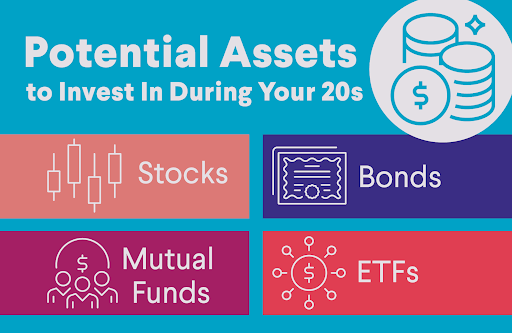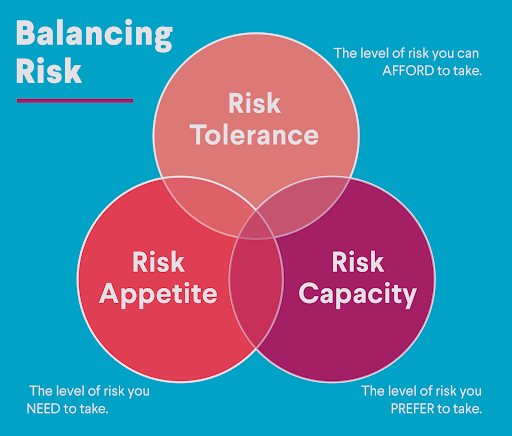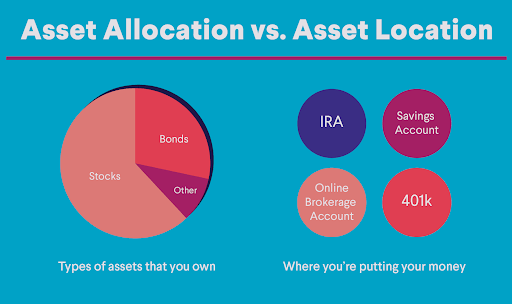Guide to Investing in Emerging Markets
Emerging market investments include owning shares in companies from countries like China, India, Brazil, and South Africa, among others. There are pros and cons to owning emerging market investments, but these stocks are a significant part of the global market.
Investing in emerging markets can help diversify your portfolio, which is one of the reasons that some investors do it. There are, however, risks associated with investing in emerging markets that investors should be aware of.
Understanding Emerging Markets
Investing in emerging markets, or even if you plan to open an IRA and use it to add foreign stocks to your portfolio, may prove to be a part of a successful investment strategy. If, that is, you understand what you’re investing in.
Emerging markets are economies that are in the middle between the developing and developed stages. Emerging markets risk can be high since these areas often see rapid growth and high volatility with booms and busts. Some of the most well-known and biggest countries that investors may look to invest in include China, India, Brazil, and South Korea.
Emerging market investments are generally seen as a higher-risk area of the global stock market. Volatility can spike during periods of political upheaval and when emerging market recessions strike.
As investors get older, risk must be managed through diversified investment plans. You might consider reducing emerging market exposure in your portfolio as your time horizon shortens and retirement nears.
Why Invest in Emerging Markets?
Emerging market investments have been popular for decades. It became easy to own a broad emerging market index fund within an investment portfolio in the early, when exchange-traded funds (ETFs) gained popularity.
The decade of the 2000s featured strong outperformance from the high-risk, high-reward profile of emerging market investments. But volatility in these markets has also been a factor.
People like to invest in areas of the stock market that exhibit rapid growth potential along with having the potential for diversification. High economic growth rates, such as those in China and India, often attract investors seeking to benefit from stocks of those nations. Indeed, there can be periods like the 2000s when strong bull markets take place.
Moreover, owning high-growth areas within a tax-advantaged account can be a savvy retirement savings strategy. This can be helpful when choosing a retirement plan.
Can You Build a Retirement Portfolio With Emerging Markets?
It’s possible to build a segment of a retirement portfolio by investing in emerging markets. Also consider that emerging market bonds are a growing piece of the global fixed-income market.
In addition, owning emerging market investments in retirement accounts is possible via ETFs and both active and passive mutual funds. Moreover, many 401(k) plans offer an emerging markets fund, too.
When thinking about investing in emerging markets, keep in mind that emerging market stocks comprise a fraction of the overall market. Emerging markets stocks represent 27% of the global stock market.
Get a 1% IRA match on rollovers and contributions.
Double down on your retirement goals with a 1% match on every dollar you roll over and contribute to a SoFi IRA.1
1Terms and conditions apply. Roll over a minimum of $20K to receive the 1% match offer. Matches on contributions are made up to the annual limits.
Pros of Investing in Emerging Markets
There are many pros and cons of investing in emerging markets. When you start saving for retirement, it may be a good time to think about investing in emerging market stocks, since you’d likely have a relatively long time horizon to weather volatility.
Here are some of the pros of investing in emerging markets.
Opportunity to Generate Returns
Investing in emerging markets may present the opportunity to generate returns in your portfolio, although it does assume risks, too.
Also consider that more than 80% of the world’s population lives in emerging market countries, while just 27% of the global stock market is weighted to them. Investing for retirement could have at least some exposure to this area for risk-tolerant individuals.
Diversification Benefits
International investments can help offset the ebbs and flows of U.S. stocks through diversification. Consider that the domestic equity market is more than 60% of the global market. So if the U.S. goes into a bear market, foreign shares might outperform. Retirement investing should have a diversified approach.
Cons of Investing in Emerging Markets
Emerging markets can be volatile, and they expose investors to a host of risk factors. Political, economic, and currency risks can all hamper emerging market investments’ growth.
Due to the many risks, it’s common for retirement investors to tone down their stock allocation as they approach retirement. Here are some potential downsides to investing in emerging markets.
Potential Underperformance
Emerging market stocks have underperformed in recent years for a host of factors – such as the global pandemic, and military conflicts in Europe and the Middle East. So, it’s important to consider that these stocks could underperform domestic stocks in the future as well.
Correlations Might Be Changing
Some argue that emerging markets today have more correlation to other markets, so having exposure might simply expose someone to the risks and not the benefits.
High Volatility
Investors of all experience levels might want to steer away from the boom-and-bust nature of emerging markets. The process of evolving from an emerging market to a developed market is usually fraught with risk. In some areas, political turmoil might cascade into a full-blown economic recession.
Emerging market fixed-income investors can also suffer when high-risk currency values fall during such periods of volatility. Back in 1998, the “Asian Contagion” was an emerging markets-led debacle that caused a big decline in markets across the globe.
Uncertainty in China
China is now the biggest weighting in many emerging market indexes, up to one-third in some funds. That can be a lot in just one country, particularly in one as uncertain as China, given its one-party controlled economy.
Start Investing for Retirement With SoFi
Building a retirement portfolio often includes owning many areas of the global stock market. Emerging market investments can play a pivotal role to ensure your allocation has higher growth potential, but you must be mindful of the risks.
It’s possible to invest in emerging markets through a variety of means, including through a retirement account, such as an IRA. But keep the risks in mind, along with your overall investment goals and time horizon.
Ready to invest for your retirement? It’s easy to get started when you open a traditional or Roth IRA with SoFi. SoFi doesn’t charge commissions, but other fees apply (full fee disclosure here).
FAQ
Is it worth investing in emerging markets?
Strong growth potential and diversification benefits are reasons to own emerging markets for your retirement portfolio. That said, emerging markets are a small part of the global stock market. A diversified retirement portfolio should include this slice of the market, but investors also must recognize the risks. There are periods during which emerging market investments can underperform the U.S. stock market.
What is the best emerging market to invest in?
When figuring out emerging markets, you might be curious which one is the best. It is hard to say there is one in particular. Emerging market risk can be high, so to help mitigate that, owning the entire basket can help ensure the benefits of diversification.
Should my entire retirement portfolio be in emerging markets?
Building a retirement portfolio with emerging markets is common but putting all your eggs in the emerging market basket might not be the wisest move. Young investors can perhaps own a larger weight in this volatile equity area, but older investors should think about winding down their emerging markets stock exposure as they near retirement.
Photo credit: iStock/Kateywhat
SoFi Invest®
INVESTMENTS ARE NOT FDIC INSURED • ARE NOT BANK GUARANTEED • MAY LOSE VALUE
1) Automated Investing and advisory services are provided by SoFi Wealth LLC, an SEC-registered investment adviser (“SoFi Wealth“). Brokerage services are provided to SoFi Wealth LLC by SoFi Securities LLC.
2) Active Investing and brokerage services are provided by SoFi Securities LLC, Member FINRA (www.finra.org)/SIPC(www.sipc.org). Clearing and custody of all securities are provided by APEX Clearing Corporation.
For additional disclosures related to the SoFi Invest platforms described above please visit SoFi.com/legal.
Neither the Investment Advisor Representatives of SoFi Wealth, nor the Registered Representatives of SoFi Securities are compensated for the sale of any product or service sold through any SoFi Invest platform.
For a full listing of the fees associated with Sofi Invest please view our fee schedule.
Financial Tips & Strategies: The tips provided on this website are of a general nature and do not take into account your specific objectives, financial situation, and needs. You should always consider their appropriateness given your own circumstances.
Claw Promotion: Customer must fund their Active Invest account with at least $50 within 30 days of opening the account. Probability of customer receiving $1,000 is 0.028%. See full terms and conditions.
SOIN-Q324-051
Read more








